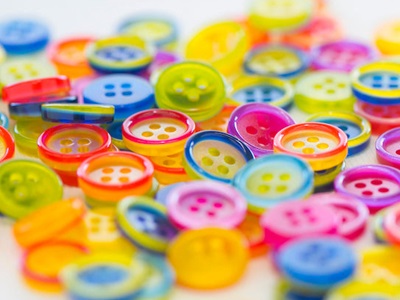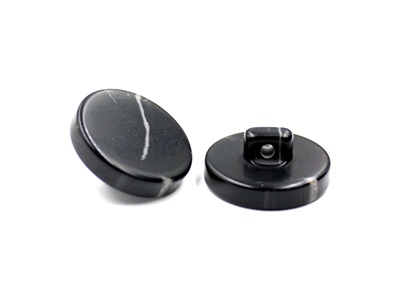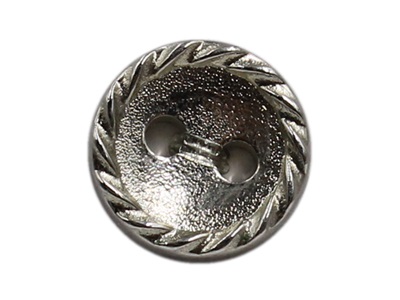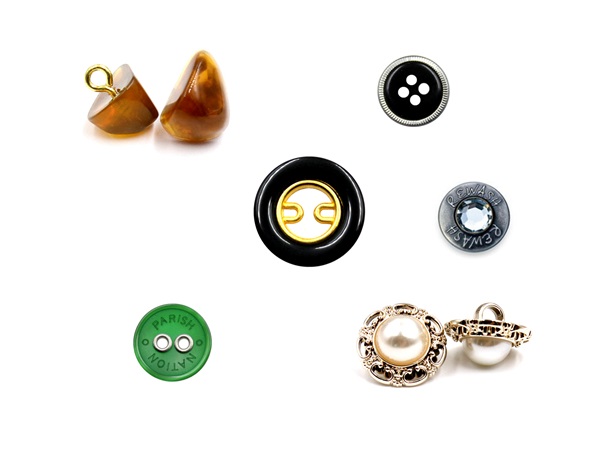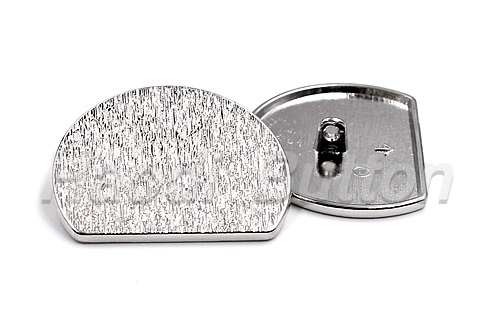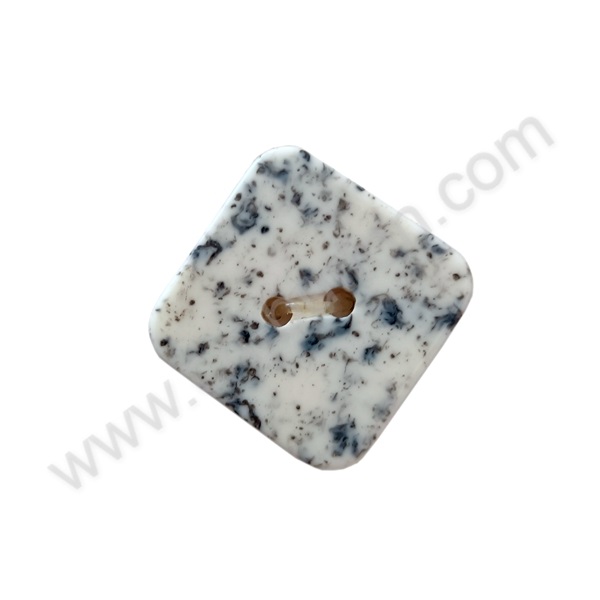Characteristics of Polyester Resin Buttons
Resin button is the abbreviation of unsaturated polyester resin button. Resin buttons are of better quality among synthetic buttons, which have the characteristics of wear resistance, heat resistance, chemical resistance, complexity, dyeability and electroplating.
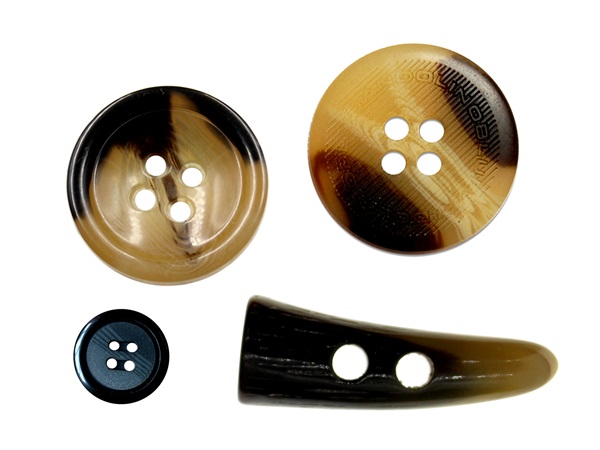
Wear resistance
Unsaturated resin is a thermosetting cross-linked resin with high strength, which is stronger than the scratch resistance of thermoplastic plexiglass button surface. Therefore, generally, it can withstand the continuous friction of washing machines without breaking. Even if it is used in stone washed clothes, resin buttons can withstand the test.
Heat resistance
Generally, resin buttons can withstand 100 ℃ hot water treatment for about 1 hour. When ironing ready-made clothes, it is not necessary to remove the buttons, which is not available for other ordinary thermoplastic buttons.
Chemical resistance
Resin buttons can resist the corrosion of various inorganic acids and ordinary hydrogen peroxide with a concentration of 30%, but they cannot be soaked in ketones, esters, banana water and alkaline water for a long time.
Complexity
This feature is the key to the difference between resin buttons and other buttons. It is precisely for this reason that the resin button has become the overlord of the button industry in the world and will last forever. As long as necessary, resin buttons of any color and shape can be produced. Due to easy processing, fast production speed and high degree of mechanization, the price of resin buttons is very low. The simulation of resin buttons is world-class. All kinds of shell textures, colors, wood, animal bones, marble, granite, agate, ivory, flower patterns, etc. can be imitated with unsaturated resin.

